 Categories
Categories 
Kashmir sapphire is one of the astonishing origins of sapphire, which comes from the Himalayan mountains of Kashmir. Extracted from the valley in the Zanskar range, these beautiful sapphire types are known for their explicit color. Kashmir sapphires are defined as stones from the corundum mineral family. Chemically, they are crystalline aluminum oxide with trace elements, iron, and titanium responsible for giving the stone velvety blue color.
These gemstone colors set a benchmark with a rich intense blue hue and a tint of violet. Kashmir Blue sapphire inclusions are its identifying characteristics. These inclusions reflect light and give a vibrant glow and color to the stone. They are rare in the market as the mines operating have been closed for a while leading to their rarity for whatever specimens have been left. Thus, high demand and limited supply have led to an increase in the price. Natural Kashmir sapphire price starts from INR 50,000 and can go up to 5 lakhs.
Read More here: The King of The Sapphire World
Inclusions in gemstones are natural. These gems are formed within the Earth’s crust due to the cooling of molten rock and magma. This cooling process results in the growth of crystals. Inclusions are formed inside these gemstones when liquids, gases, or solids get trapped inside their crystals. These can range from gas-filled bubbles to liquid or solid that get trapped inside the gemstone. Some inclusions can be identified with the naked eye while others need instruments such as the magnification loupe to view them.
Inclusions in sapphire can range from cavities, color zoning, feathers, fingerprints, liquid inclusions, and rutile needles. Silk or rutile needles are the most popular sapphire inclusions which are a characteristic property of those sourced from Sri Lanka. Inclusions are often called imperfections. This is because it is believed that their presence hinders the color and clarity of the stone. But, in the real sense, they are not imperfections. They are the perfect way to tell about the genuineness of the stone. Inclusions present in the stone highlight that the gemstone is formed inside the surface of the earth and is not lab-created, fake, or just a piece of colored glass.
Learn more about sapphire inclusions here: Inclusions as Nature's Signature: The Unique Identity of Sapphires
Different types of inclusions are found in Kasmir sapphire rough. These are internal characteristics and are specific to these stones. Common visual observations include:
When buying a gemstone it is considered that the more eye-clean it is precious and pricey. However, some inclusions contribute to the beauty of the stone like those within the Kashmir blue sapphires. Let us see how:
Inclusions within the gem highlight their natural origin. The origin of sapphires comes from various rocks such as granite, gneiss, schist, nepheline syenite, and more. Synthetic or fake sapphires do not come from these origins and are man-made. Thus, gemstone authenticity can be judged by its internal characteristics such as inclusions.
Specific inclusions such as Pargasite mineral and dust particles are common characteristics of identifying Kashmir blue sapphire. The presence of these inclusions helps to identify the source and geological history of a gemstone.
Kashmiri sapphire features a soft and velvety appearance with a tint of purple. The inclusions formed inside the stone as clusters give a beautiful appearance. The microscopic distribution of inclusions is responsible for the velvety luster. It gives a distinctive appeal to the stone highlighting the significance of how inclusions can enhance the beauty of the stone.
Kashmir blue sapphires are considered expensive because of their quality, rarity, and prestige. The quality of the gemstone is high with a blue velvety appearance that reflects high brilliance. Since they are found in remote areas, finding high-carat weight sapphires is hard, increasing their price. Let us see what factors must be considered before buying Kashmiri sapphires.
While purchasing any gemstone it is important to look for its quality. Sapphires sourced from Kashmir with no inclusions and mid-blue color are rare to find. However, Kashmir sapphire inclusions are one of the determining factors that tell about their beauty. The velvety appearance that gives it an amazing sheen is found only in these gems.
Learn More Here: Kashmir Blue Sapphire Buying Guide
A famous historical source of fine sapphire is from Kashmir. These sought-after gemstones carry a historical legacy from being sourced from a remote area that is difficult to access. These sapphires are found at an elevation of 4,500 m that is mostly snow-covered. Thus, their identification is an important factor that needs to be considered. Check for certified blue sapphires sourced from Kashmir as they carry all the information about the originality of the stone.
Always buy Kashmir blue sapphire from a reputed gem dealer only. At Navratan, the online gem bazaar we provide you best of all varieties of sapphires. Our website is designed in such a way that you can easily browse the type of gemstone you want. Each category is segregated based on color, carat weight, treated, untreated, and origin. You can choose your type of gemstone easily. Read How To Decide The Best Place To Buy Gemstones Online to understand things better.
It is important to know which is the right gemstone from the right origin. For instance, sapphires from Madagascar are sometimes sold in the market as Kashmir sapphires. This is because they have similar visual appeal. The major difference that segregates the two is their internal characteristics which are inclusions. It is a highly experienced gemologist who can differentiate between the hexagonal milky bands of Kashmir sapphire inclusions with that of Madagascar sapphire. The particulate clouds of sapphires of Madagascar origin are not milky in appearance like that of Kashmiri sapphires. Moreover, certain factors also relate to the differentiation but it can only be determined with the help of gemologists. Thus, buy natural sapphire from Kashmir origin from a reputed gem dealer like Navratan, who provides you with gemstone certification as well.
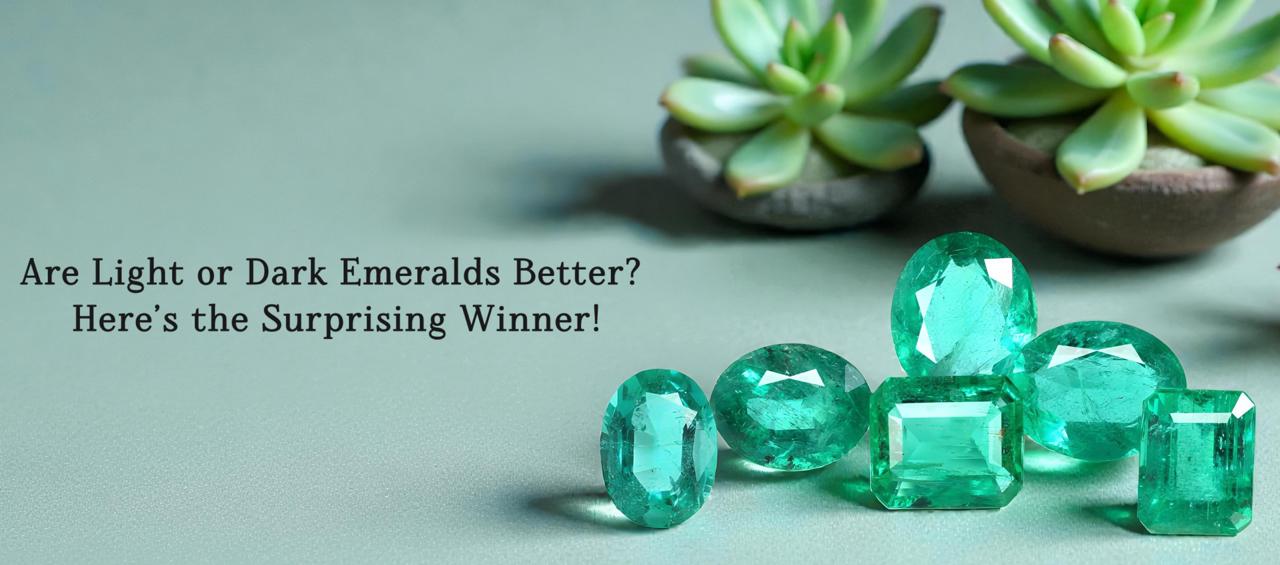
Are Light or Dark Emeralds Better? Here’s the Surprising Winner
December 24th, 2025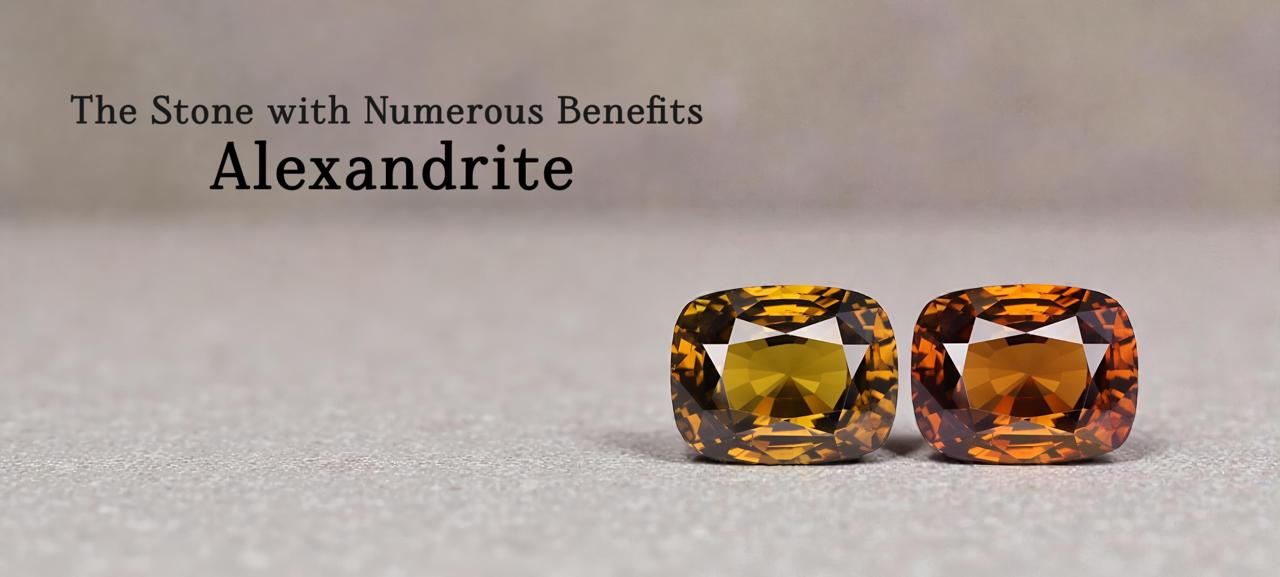
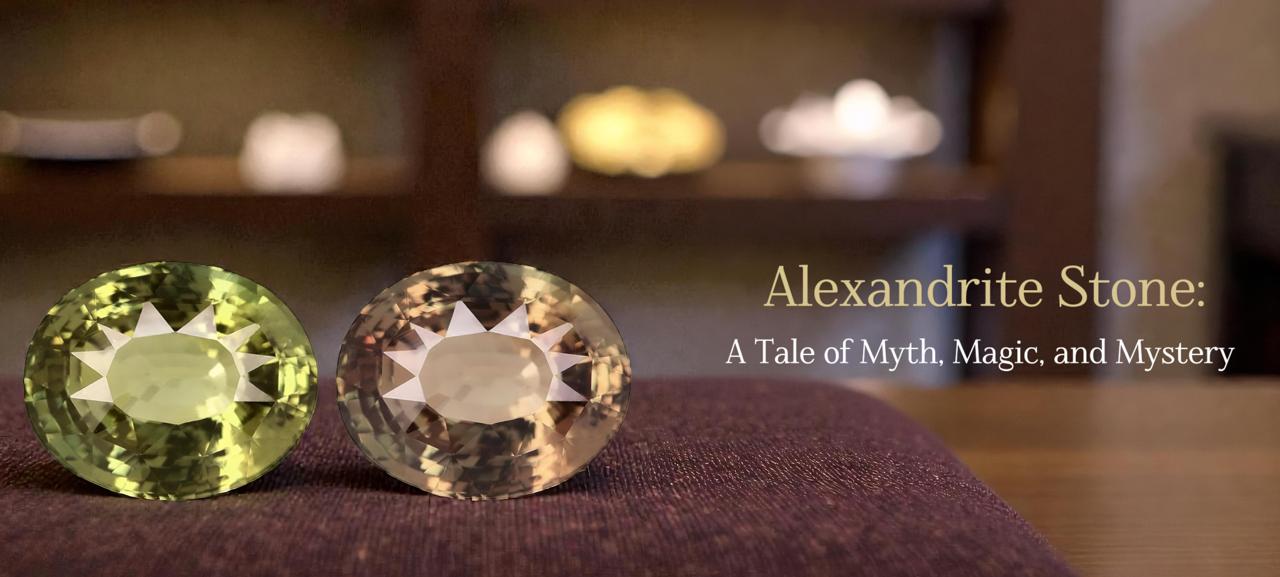
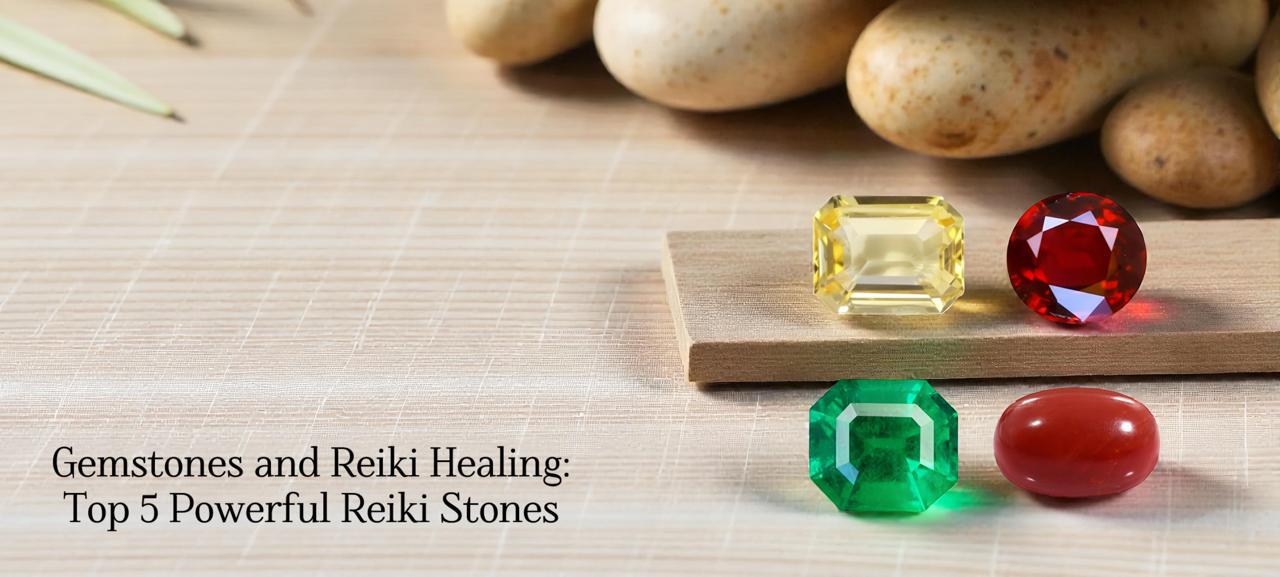
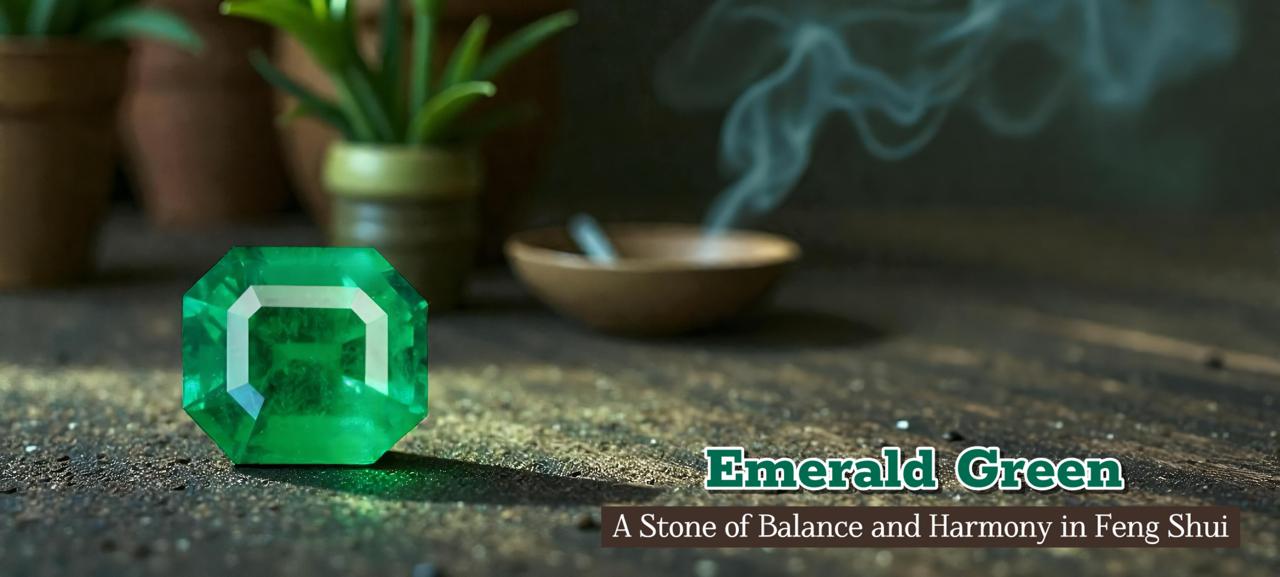
Emerald Green: A Powerful Feng Shui Stone for Balance and Harmony
December 15th, 2025